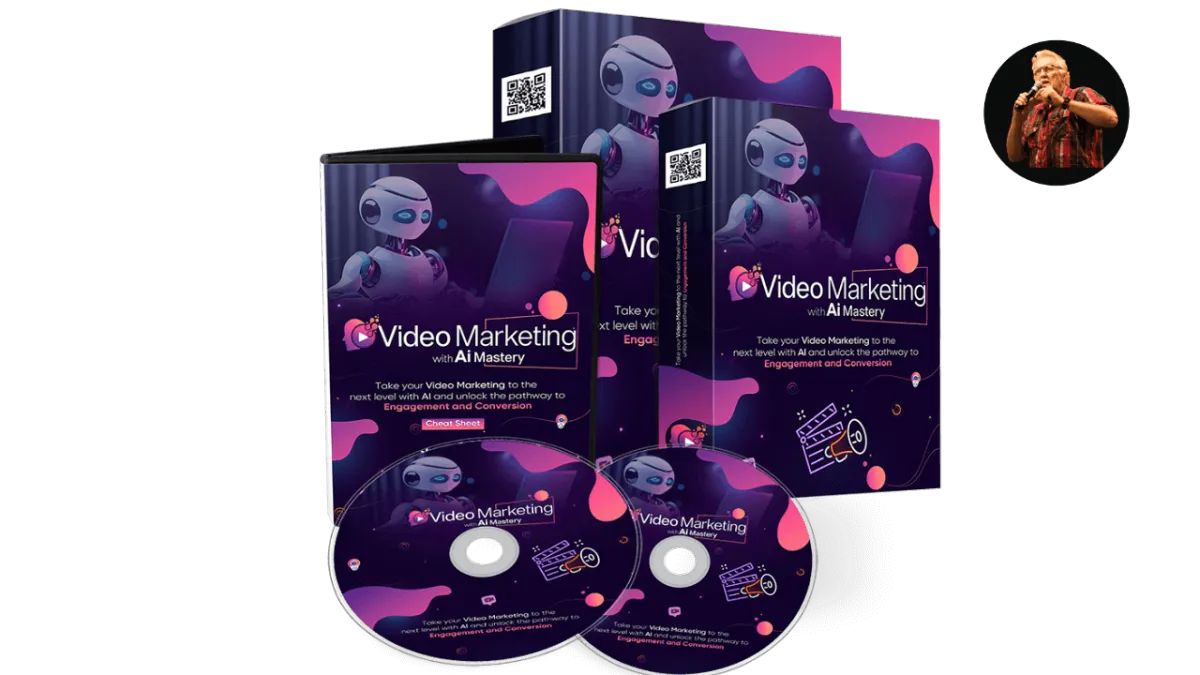
Vancouver, Canada
Mon - Fri 10:00 - 18:00




BLOG
Content to help you, the learner, in understanding the information delivered in our courses.

EA3 What Actually Changes When AI Joins Your Scrum Team
What Actually Changes When AI Joins Your Scrum Team
From Support Tool to Team Member
Here's where Extreme Agile gets interesting—and a little uncomfortable for traditional Agile practitioners.
In traditional Agile, tools support the team. Jira tracks stories. Slack facilitates communication. GitHub stores code. These are passive instruments that do what humans tell them to do. These are directed tools.
In Extreme Agile, AI doesn't just support the team. It participates as a team member.
That's a fundamental shift. We're not talking about better project management software. We're talking about AI that actively contributes to backlog refinement, generates code, writes tests, helps the Scrum Master facilitate meetings, and flags risks—all in real-time. Keeps real-time observation of everything that happens with the team, comments on items that the human team members miss, and makes recommendations based on what the agent observes. However, always keep in mind that AI cannot replace the creativity, intuition, and innovation that humans provide through experience. What AI does is it augments the team.

Let's break down what actually changes.
Team Composition: Humans + AI
Traditional Agile Team:
Product Owner
Scrum Master
Developers
Extreme Agile Team:
Product Owner
Scrum Master
Developers
Agentic AI
The AI isn't replacing anyone. It's adding capacity. Think of it as the team member who never sleeps, never gets overwhelmed, and can process information at speeds no human can match.
Backlog Refinement: From Hours to Minutes
Traditional Agile:
The team spends hours in refinement sessions. Someone suggests a vague feature like "improve checkout flow." The team debates what that means. Someone writes user stories. Someone else checks if they follow INVEST principles. Arguments break out about prioritization.
Extreme Agile:
The Product Owner inputs "improve checkout flow" into a GPT. Within minutes, the AI generates multiple clear user stories with acceptance criteria, checks INVEST compliance, and suggests prioritization based on value, risk, and dependencies.
The team still validates everything. The Product Owner still makes final decisions. But what once took two hours now takes twenty minutes—and the quality is more consistent.
Development: Humans + AI Pair Programming
Traditional Agile:
Developers write every line of code manually. They spend time on boilerplate, API integrations, and repetitive patterns. They write tests. They debug. They refactor.
Extreme Agile:
AI coding assistants generate boilerplate in seconds. They suggest intelligent completions, refactoring opportunities, and cross-language translations. They create unit tests and propose edge cases automatically.
Developers still architect solutions and apply domain expertise. But they're freed from repetitive grunt work to focus on creative problem-solving and innovation.

Scrum Events: Real-Time Intelligence
Traditional Agile:
Someone takes notes during standup. Someone tracks action items in retrospectives. The Scrum Master manually compiles blockers and follows up later.
Extreme Agile:
AI agents summarize discussions in real-time. They track commitments and integrate automatically with tools like Jira. They surface blockers before they become critical and flag repeated issues for team attention.
The team stays focused on collaboration instead of administrative overhead.
Documentation: From Painful to Automatic
Traditional Agile:
Writing release notes is a chore. Compiling sprint reports takes hours. Technical documentation gets outdated the moment it's written.
Extreme Agile:
GPTs analyze commits and generate release notes instantly. They compile sprint metrics into polished stakeholder reports. They draft API documentation that stays synchronized with code changes.
Teams still review and validate—but the heavy lifting is done.
Team Dynamics: Early Warning System
Traditional Agile:
Team conflicts simmer under the surface. By the time they surface in a retrospective, damage is done.
Extreme Agile:
AI-driven sentiment analysis scans communication patterns and detects frustration, disengagement, or stress signals early. Scrum Masters receive alerts before small tensions escalate into major problems.
The AI doesn't replace human empathy—it provides data that helps leaders act with better timing.
The Multiplier Effect
When you stack these changes together, you don't get additive improvement. You get exponential acceleration.
That's why Sutherland talks about 30x gains. It's not one feature getting faster—it's the entire system operating at a fundamentally different speed.
Still Agile, Just Extreme
Here's what doesn't change: Agile values and principles remain the foundation.
Transparency: AI surfaces real-time insights and dashboards
Inspection: AI continuously checks quality and risks
Adaptation: AI proposes solutions and identifies impediments instantly
Extreme Agile isn't about abandoning Agile. It's about amplifying it.
Coming up in Part 4:A side-by-side comparison—where does AI make the biggest impact on each part of Scrum?
Check out our Extreme Agile Course here: Click here for more information.
Find Your Perfect Course
Check Out Some Of Our Most Popular Courses Below

Video Marketing With A.I. Mastery

The Pinterest Marketing Playbook

Capture Your Visuals With Canva

The Sales Funnel Playbook With Systeme.io
Join Our Community
Enter your email address to register to our newsletter subscription delivered on a regular basis!

Register To Be Added To Our List To Receive Our Monthly Newsletter

Copyright: Alphatrend International 2023 | All Rights Reserved

